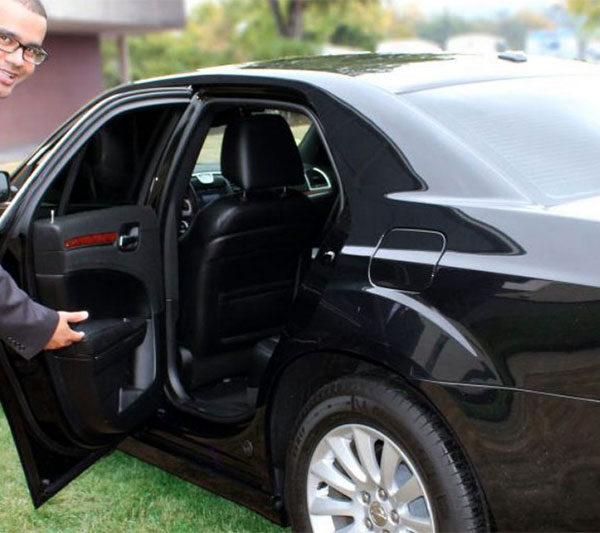
When transporting a dog, whether for a regular trip to the vet, travel by car, or even during air travel, it’s vital to prioritise safety and well-being. The dog Transport process can be demanding and time-consuming. However, despite protections, accidents or injuries can still happen.
Immediate Response to an Injured Dog During Transport:
Stay Calm and Assess the Situation:
- Remain composed to evaluate the severity of the injury.
- Ensure your safety and that of others if you’re on the road or in a public place.
Provide Immediate First Aid if Safe:
- If it’s safe to do so, administer basic first aid.
- Apply soft pressure with a bandage or clean cloth for bleeding.
- Be cautious to avoid aggravating injuries, especially fractures.
Stabilise and Keep Warm:
- Keep your dog calm and prevent further injury by immobilising if necessary.
- Use a blanket or towel to keep your dog warm, especially in cold weather.
Transporting an Injured Dog to Veterinary Care:
Call Ahead to the Veterinarian:
- Inform the veterinary clinic about the situation.
- Seek advice on immediate actions and preparation for arrival.
Secure Transport:
- Ensure safe transport to the vet.
- Use a pet carrier or restrain your dog appropriately in the vehicle.
Avoid Stress:
- Minimise noise and movement during transport.
- Keep your dog comfortable and reassured.
Specific Scenarios and Actions:
Car Accident or Injury during Car Travel
Safety First:
- Move your dog away from traffic if it’s safe.
- Use hazard lights and warning signs to alert other drivers.
Assess Injuries:
- Check for signs of trauma, bleeding, or shock.
Seek Veterinary Care:
- Visit a vet immediately for a thorough evaluation.
Injury during Air Travel:
Notify Airlines:
- Inform airline staff immediately.
- Request medical attention upon landing.
Document Incident:
- Gather evidence and details for potential claims.
Injury during Public Transport (Bus, Train):
Notify Operator:
- Seek assistance from transport staff.
- Access medical aid upon arrival.
Preventative Measures for Dog Transport:
Proper Restraint:
- Use appropriate carriers, harnesses, or seat belts.
- Avoids injuries during unexpected stops or accidents.
Regular Check-ups:
- Ensure your dog is in good health before transport.
- Address underlying health issues that could exacerbate during travel.
Climate Considerations:
- Avoid extreme temperatures during transport.
- Provide adequate ventilation and comfort.

Aftercare and Recovery:
Follow Vet Instructions:
- Adhere to prescribed treatments and medications.
- Monitor progress and attend follow-up appointments.
Comfort and Support:
- Make sure a peaceful and safe environment at home.
- Monitor closely for signs of distress or complications.
Legal and Insurance Considerations:
- Keep records of the incident for potential claims.
- Consult legal or insurance advisors if needed.
Is it easy to transport animals instead of hiring a company?
Transporting animals can be manageable with proper planning and consideration, but it may be challenging compared to hiring a professional company.
Transporting Animals Independently:
Transporting your animals on your own can be cheaper initially, especially for shorter distances or smaller pets. You have complete control over the timing, route, and conditions of travel. This flexibility can be beneficial for accommodating your animals’ specific needs or preferences. You can provide direct care and attention to your animals throughout the journey, which can help reduce stress and ensure their well-being during transport.
Cons:
Logistical Challenges:
Planning and organising transportation logistics can be time-consuming and complex. Factors such as vehicle suitability, route planning, and accommodation arrangements need to be carefully considered.
Legal and Regulatory Requirements:
Depending on the type of animal and destination, specific regulations and paperwork may need to be followed. Please comply with these requirements to avoid delays or legal issues.
Safety Risks:
Transporting animals independently carries inherent risks, especially for longer journeys or unfamiliar routes. Proper precautions must be taken to ensure the safety and comfort of your animals.
Hiring a Professional Transport Company:
Professional animal transport companies have the knowledge and experience to handle various types of animals safely. They are familiar with regulatory requirements and can navigate logistical challenges efficiently. These companies often have specialised vehicles and facilities designed specifically for animal transport. This ensures optimal comfort and safety for the animals during transit. Outsourcing transport to a professional company alleviates the burden of planning and executing the journey. This allows you to focus on other aspects of the relocation or travel process.
Cons:
Cost Consideration:
Hiring a professional transport service can be more expensive than transporting animals independently, especially for long-distance or international journeys.
Less Control Over Timing:
Depending on availability and scheduling, you may need more flexibility in choosing travel dates and times.
Dependence on External Service:
Relying on a third-party service means entrusting the well-being of your animals to others. It’s essential to research and choose a reputable company to ensure reliable and responsible care.
From personalised door-to-door transport to arranging pet-friendly accommodations and ensuring compliance with international regulations, Super Pet Travel goes above and beyond to deliver exceptional care and attention to detail.
Read More Blogs At: Emperior Tech











